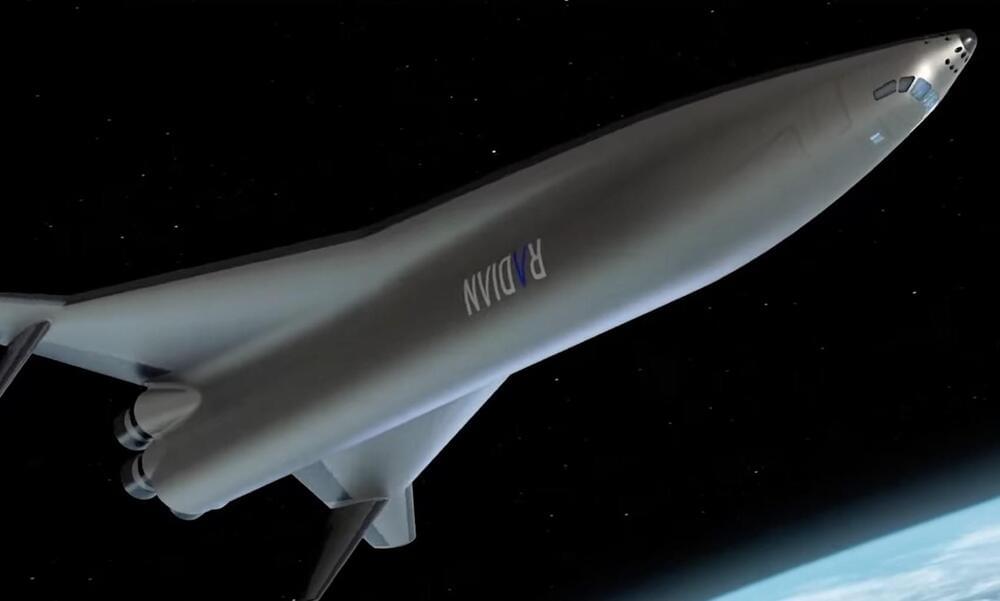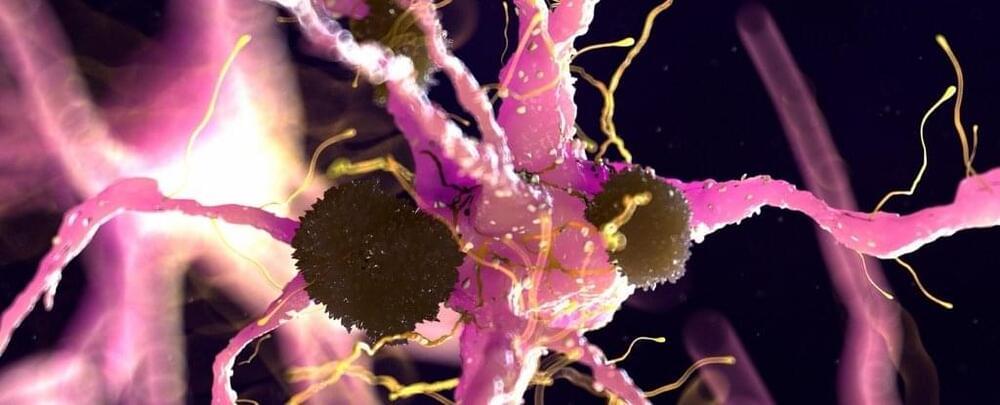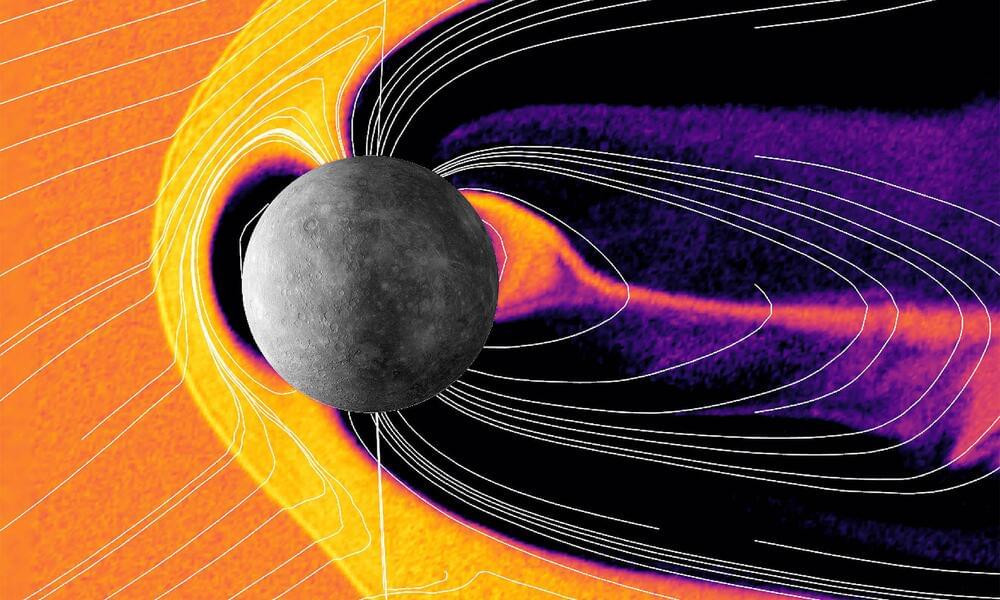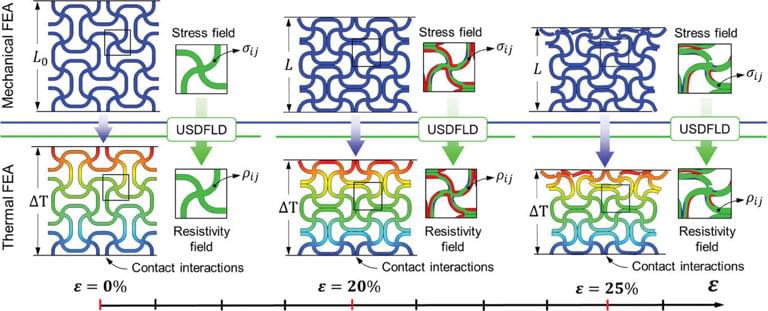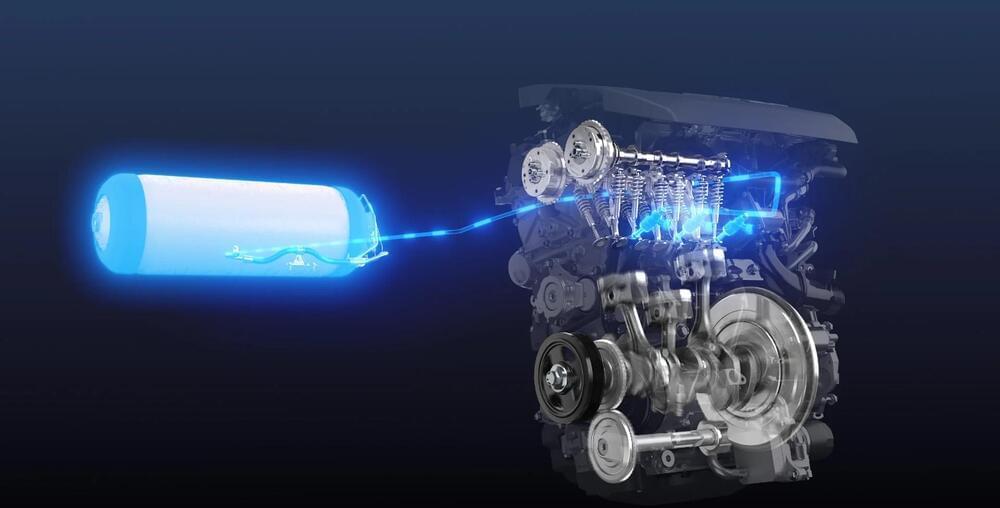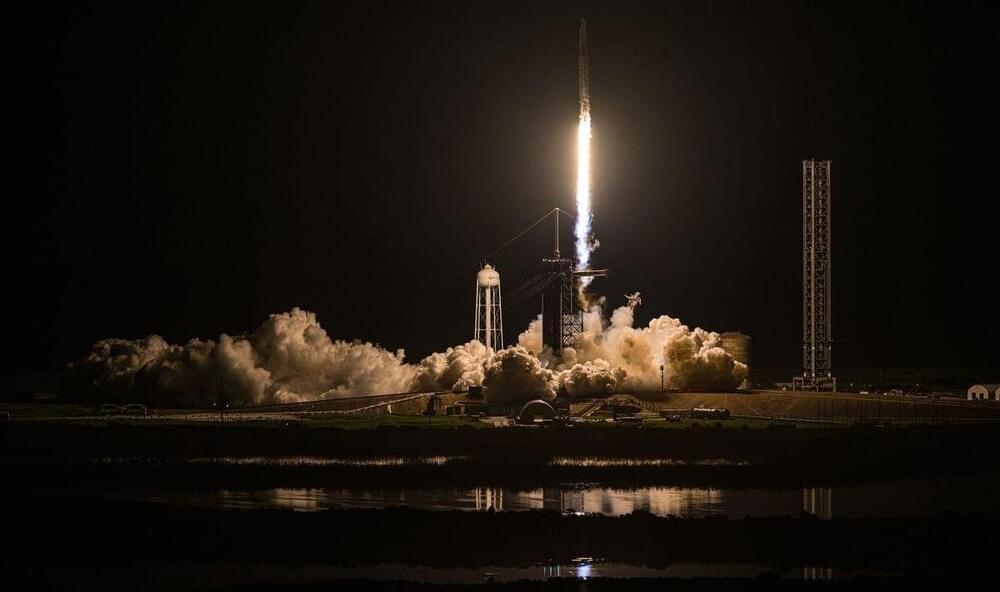Oct 9, 2024
‘Severe’ geomagnetic storm could blow power grid with satellite, radio blackouts possible during Milton
Posted by Genevieve Klien in category: climatology
“Satellite navigation (GPS) degraded or inoperable for hours,” the SWPC warned.” Radio – HF (high frequency) radio propagation sporadic or blacked out.”
This severe geomagnetic storm is forecast at the same time Hurricane Milton is forecast to strike Florida. While the SWPC did not note if satellite issues could hinder hurricane monitoring, radio blackouts are expected.


